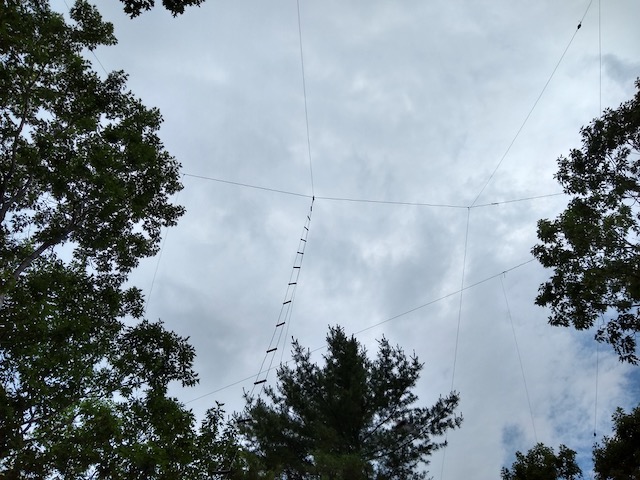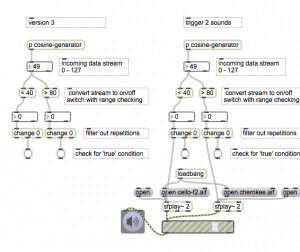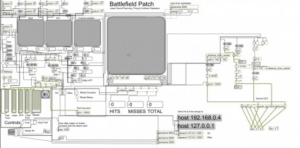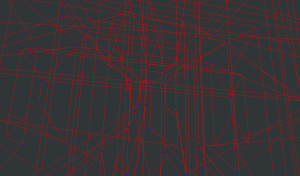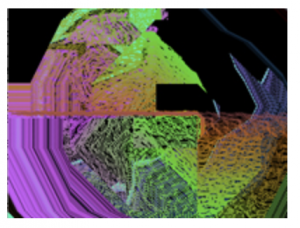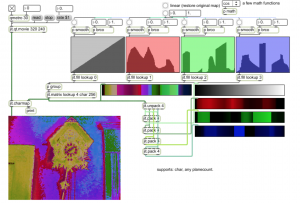We are trying to measure RPM of a bicycle wheel by reading the accelerometer data stream of a Wiimote wedged between the spokes of the wheel.
When the wii-mote is in the bicycle wheel it generates a stream of numbers much like a sine wave. Lets say we want to just get the speed of the wheel. It would be the frequency of these ‘sine’ pulses.
Strategy: use [past] object send a bang once each cycle. Then use a tap-tempo patch to convert pulses into bpm, mph, etc.,
